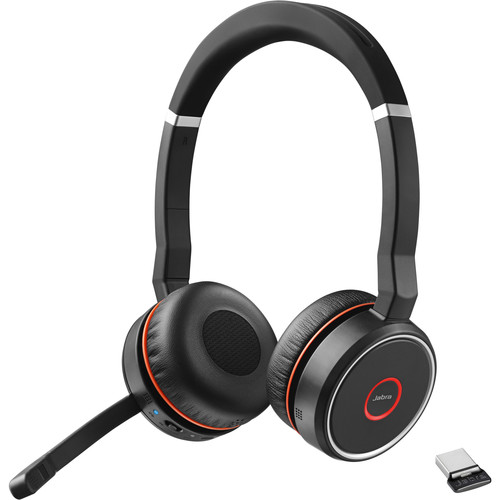Professional office headsets from Plantronics and Jabra have traditionally manufactured and sold in two separate pieces, the headset and the “bottom connection or cable.” Why? You ask. Here is a look at several benefits gained from having a headset with a separate cable for each phone.
1) Early headsets were worn on the ear. They took a minute or two to put on, get adjusted on your ear and to secure the clothing clip so the cord would not snag, yanking everything off of your ear. By having the quick disconnect (QD) connection in the middle, you could quickly disconnect the headset cable from the phone and walk away from your desk area, get a drink of water or retrieve a fax, returning to the phone by quickly re-connecting the headset to the bottom connection. You could walk away from your desk without removing the headset; this greatly increased the productivity of the employee.
2) Older phones required an external amplifier. These amplifiers like the Plantronics M22 were often as expensive if not more so as the cost of the headsets, effectively doubling the price. And after a few years one part would eventually wear out. You could then replace just the worn out half, reducing the cost of getting a replacement.
3) Newer phones tend to have a headset port/jack built into them. This eliminates the need for the external amplifier, but it also adds a lot more confusion. Since every phone manufacturer is different, they tend to wire and shape their headset ports differently. There are over 20 different bottom cables from Plantronics alone, and that does not count external amplifiers or cables of different lengths. Unfortunately there is no such thing as a universal headset port. Even the most common design, the four wire RJ9 connector, which is the same size as the handset or receiver cord, and different companies wire them differently. Just because they look alike, does not mean they are the same. Avaya alone has two identical looking cables, which are wired differently. Plantronics currently makes seven different RJ9 to QD cables for their H-Series headsets.
4) Changing phone systems in “X” amount of time. This is not an everyday occurrence but it does indeed happen. When you or your company changes phones, you will only need to change the bottom connection, not everything. The increase of productivity today, versus waiting for the phone chance can often offset the price of the bottom cables.
5) You are also a lot more flexible by having a two part solution. You can bring in a Y-Training cable with a second headset and have the perfect training/mentoring opportunity. You can also get a cable to connect to your computer (USB or dual 3.5mm jack options) or your home phone or cell phone (2.5mm and 3.5mm cable options).
6) You gain capabilities. When using a Plantronics or Jabra USB headset cable, you are able to performing training on a computer with two headsets with the Y-Training adapters, which you could never do with just two USB only headsets. A computer cannot recognize or work with two USB headsets connected at the same time. With the USB adapter and a Y-Training Cable and two headsets, the computer will only see one USB device, but you will have two headsets connected.
7) It is also better for the manufacturers. Both Plantronics and Jabra do not want to have their inventory level increased 20+ times (20+ versions of each of their headsets). Since they only need to make one version of each of their headsets, their inventory is more manageable and saves everyone money.
It all comes down to the make and model of you phone.






